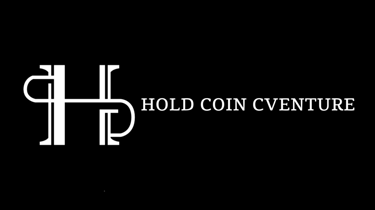Boundless and the innovation of onchain data authentication
Boundless is a pioneering project to expand verifiable compute power to the blockchain ecosystem through Zero-knowledge Proof (ZKP) technology. Developed by the RISC Zero team, to create a decentralized marketplace.
INSIGHTS
7/11/20259 min read
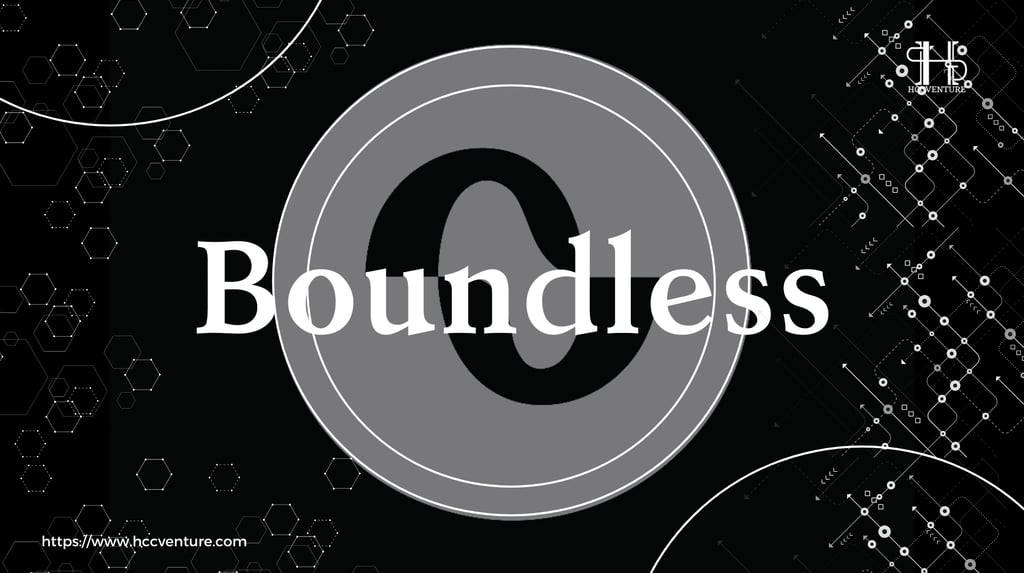

The Delay of Contemporary Blockchain?
Consensus is the goal of blockchain, not high-throughput computing. By design, each validator must intentionally replay each transaction before it is recorded in the ledger. This helps ensure correctness, but it requires the overall performance to be equal to the slowest node on the network.
However, this is increasingly controversial:
Execution limit, related to gas/block size limit is set to help nodes synchronize by controlling latency at a limit. Any transaction that takes more memory or execution time than this is rejected.
The computation is complicated but not necessary, since thousands of nodes execute the same transaction, the total number of re-executions increases linearly with the number of nodes while the "actual" workload remains constant.
State fragmentation scales by pipeline. While new networks increase performance by parallelizing state machines, rather than completely eliminating bottlenecks, they create state silos, liquidity pools, and bridging risks.
To support advanced markets, games, and data-rich applications, blockchains need a standardized mechanism for accessing large volumes of computational data in a verifiable manner without compromising trust guarantees. Until such a mechanism is established, on-chain expression will remain limited by the narrow scope of re-enforcement.
So what is the Boundless project?
Boundless is a pioneering project to expand verifiable compute capacity for the blockchain ecosystem through Zero-knowledge Proof (ZKP) technology. Developed by the RISC Zero team, it aims to form a decentralized market where hardware resources such as GPUs are optimized and operated transparently through the “Proof of Verifiable Work” mechanism, thereby solving the scarcity problem of traditional on-chain computing.
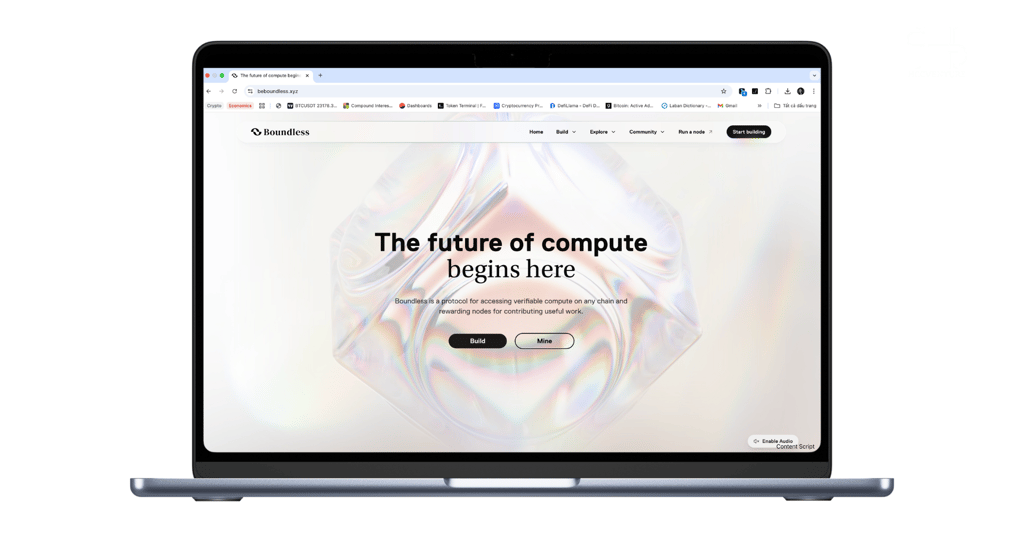

Boundless's network of dedicated nodes is dedicated solely to execution. This creates ZK proofs that prove work was done correctly and verified on every chain at low cost and stability. Boundless allows every chain to maintain its native security while avoiding gas limits and re-enforcement by separating execution from consensus.
The project has attracted significant attention from prominent investors and strong community activity on X and Discord. Boundless is building a platform that emphasizes the exchange – execution – settlement of ZK services in a trustless, flexible, global manner. The unique approach and strong investor support make this project a notable bright spot, although the early stages of development still require “cautious optimism”.
Zero-knowledge Proof is a cryptographic technology used to authenticate information without revealing the content of the information itself.
Boundless and the operating technology chain
The Boundless Market contracts, initially deployed on every main chain, are the starting point for accessing Boundless. The Boundless Market acts as a permissionless clearinghouse and meets the computational requirements of applications with Boundless nodes.
Developers can maintain their native ecosystem by interacting with a local contract address, paying with the chain's native token, and receiving verifiable proof on the spot as market contracts exist on every chain.
Financialization of Compute
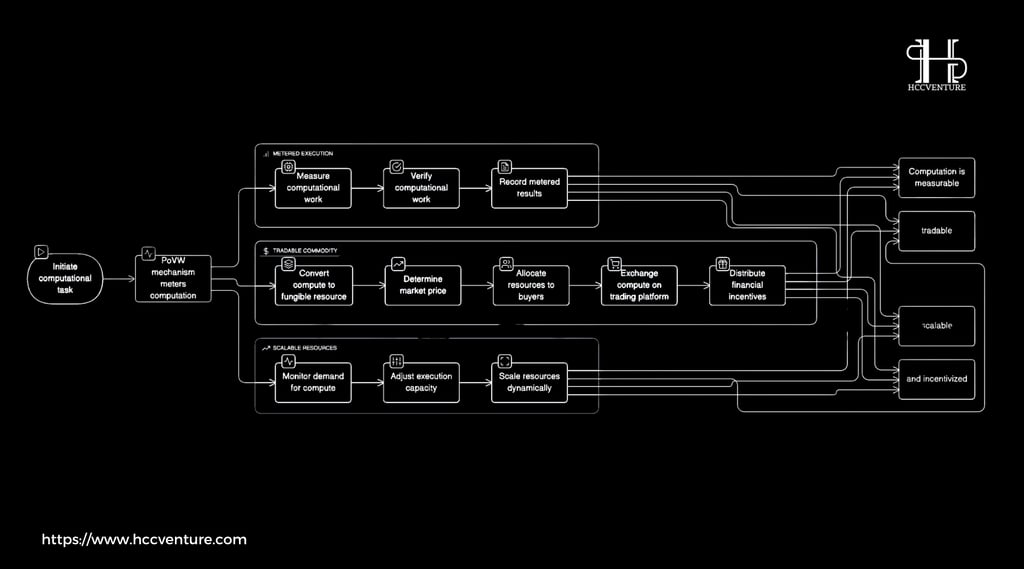

By leveraging open markets, Boundless makes the exchange and use of compute permissionless and trustless, thereby effectively solving the end-to-end integration problem for ZK applications:
An Abundant Commodity: ZKPs enable proofs to be generated on commodity hardware (Macbook, PC) with open source code, turning verifiable compute into an abundant resource. For users and protocols, this ensures easy access to computing power at stable prices. For professional provers, the added value comes from resource management, capacity planning, service design, and coordination of small prover communities. For traders, compute is a commodity that can be traded and hedged against price fluctuations through derivatives or service contracts.
Trustless Trading: Thanks to Proof of Verifiable Work (PoVW), this mechanism measures the computational volume for each proof, ensuring decentralized trading with transparent exchange.
Trustless means that it does not require the parties involved to trust each other to make a transaction, but instead, the authentication and integrity of the data is done by cryptographic algorithms.
Permissionless allows anyone to become a part of the network and perform operations on the blockchain without needing permission from anyone else, which ensures transparency and fairness in transactions on the blockchain.
Proof of Verifiable Work
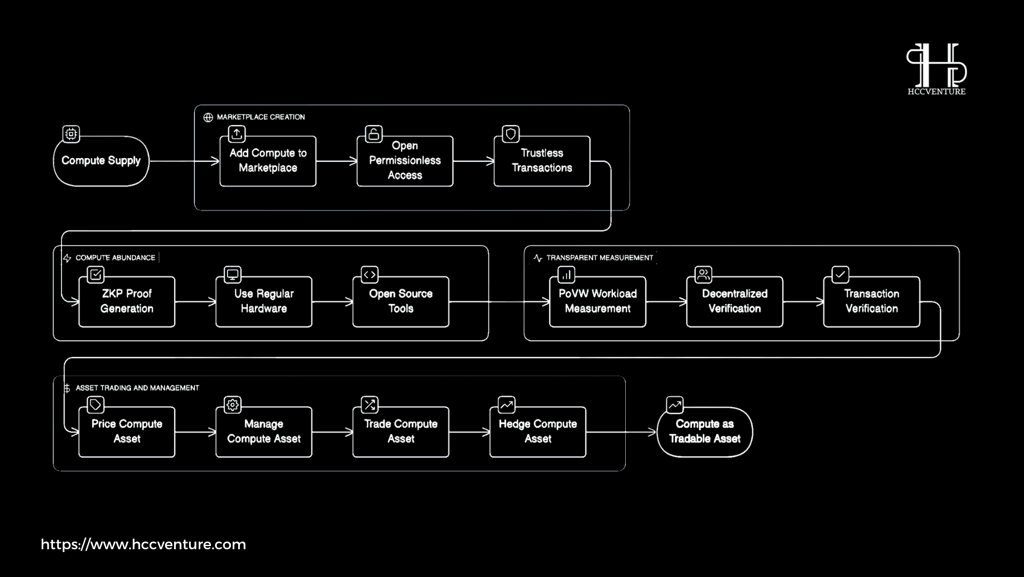

Proof of Verifiable Work is a verifiable proof of work, designed to replace the “pointless puzzle solving” of traditional PoW (Proof of Work) mechanisms, with real-value, zk-proof verifiable computational work. PoVW not only uses computing power to secure the network, but also uses it to create real value for users and applications – such as AI computation, financial simulation, or off-chain data processing.
Verifiable proof of work adds an important element: a trustless mechanism for measuring computational effort, creating:
Controlled execution : Reliable measurement of computational work performed
Tradable Commodities : Platforms for Market-Based Exchange
Scalable Resources : Capacity increases with demand
PoVW enables the financialization of verifiable computations through:
Market-Based Price Discovery : Connecting Requesters with Provosts
Service Agreement : Forward contracts for predictable computing needs
Economic Incentives : Reward provers for the value of their contributions
Boundless uses Proof of Verifiable Work as an anti-fraud mechanism, using metadata to ensure transparency and fairness, and measuring proof complexity to determine relative cost. It is also a core mechanism that enables:
Provers provide mathematical proofs, along with metadata about the number of cycles.
Each cycle is recorded, tamper-proof thanks to zkVM technology.
Provers are rewarded in $ZKC tokens, divided proportionally according to their contribution: based on both order value and actual workload.
Boundless enables the next stage of blockchain evolution by treating verifiable computing as a commodity that can be measured, traded, and incentivized through PoVW. There, computing power will eventually scale based on demand rather than being limited.
Spot market
Boundless Design Spot Market operates through:
Reverse Dutch Auction : The requestor announces a need for computation with a low starting price, which will gradually increase until a prover agrees to perform.
Provers can lock requests by staking, ensuring priority processing and avoiding unfair competition.
If the prover fails to complete on time, a penalty will be placed on the stake, and the lost stake will be used to trigger a re-auction round, protecting the claimant.
Verifiable Service Agreements
In addition to Spot Market, Boundless also supports:
Service Agreements are bound by smart contracts.
Allows organizations or individual users to pre-purchase proving capacity at a fixed price, ensuring long-term resources.
Open contracts, anyone can deploy, suitable for many needs (long-term planning, cost optimization, price fluctuation risk prevention).
How the Market Works in Boundless
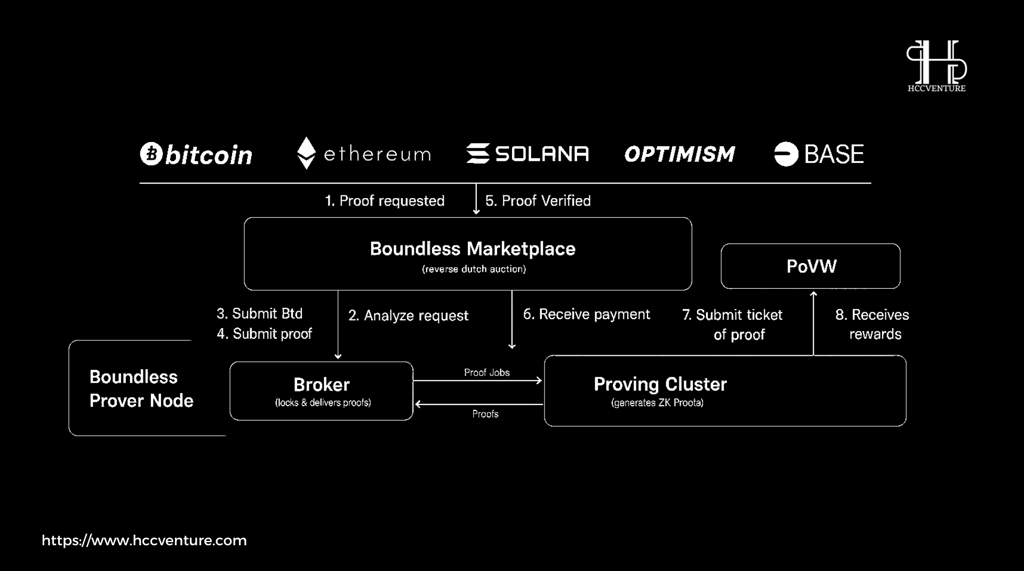

Submit a Proof Request: A proof request is submitted by a developer that includes the zkVM program, input data, outcome verification conditions, and auction parameters such as min/max price, time, and stake. If pre-funded, the request can be submitted off-chain or directly on-chain via a Boundless contract.
Reverse Dutch Auction : The system initiates a reverse auction, where prices increase from the lowest to the highest over time. Provers calculate the cost and bid if they find it profitable. The first person to bid and lock in the request will be the first to bid. They will lose their deposit if they do not deliver on time, but if they complete, they will receive a reward.
Batching : Provers can respond to multiple requests at once and generate receipts for each request. A Merkle tree made up of these receipts only requires one zk (Groth16) proof to prove the entire tree root, reducing on-chain verification costs.
Settlement : The Groth16 proof has been submitted to the chain and verified only once. The contract will check the Merkle receipts for all requests; then, it will disburse the reward from the stake or the requester's fund; and finally, it will return the stake to the prover. The event is sent to confirm that the proof has been submitted successfully.
The process is simplified:
Developer sends request (with zk logic + data)
Boundless open auction → prover competition
Prover executes, generates proofs (can be in batches)
Boundless Verification → Pay & Broadcast Events
Boundless Highlights
Traditional blockchains face many limitations that hinder scalability and adoption:
Limited Computational Power: Block size and gas limits limit the ability to process complex calculations, thereby reducing the performance of decentralized applications.
Computational redundancy: Verification often requires re-executing calculations, which is wasteful and expensive.
Difficulty in integration: Integrating ZKPs into blockchains is currently quite complicated due to decentralized infrastructure, incentive mechanisms, and limited proving capacity.
These issues create barriers for developers and limit the potential for real-world applications of blockchain technology. Boundless introduces a decentralized marketplace for verifiable compute that leverages ZKPs and a completely new Proof of Verifiable Work mechanism. The solution includes a decentralized marketplace and decoupling execution from consensus. By abstracting away the complexity of creating and processing ZKPs, Boundless allows developers to focus on building innovative applications.
Tokenomics and tokenized value
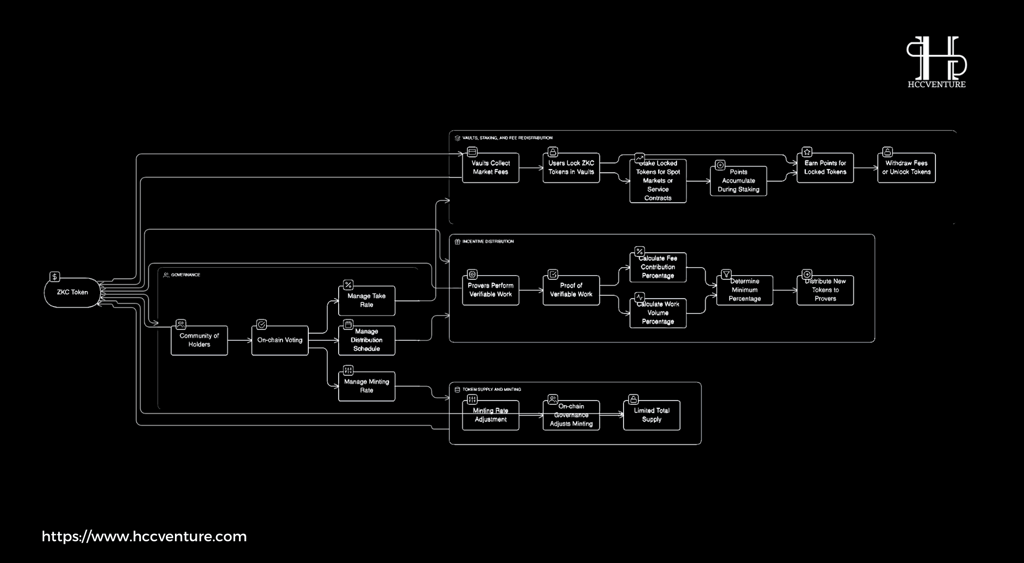

Operating around the $ZKC token, it is the center of the Boundless ecosystem, with key roles:
Limited total supply: Limited, with the minting rate adjusted by the $ZKC holding community via on-chain governance.
Incentives: New tokens are distributed to provers based on Proof of Verifiable Work, based on value delivered (% of market fees the prover contributes) and work volume (% of computational cycles verified). However, Provers are only rewarded for the lower value between % fees and % work to avoid fraud, forcing them to optimize both.
Vaults and Staking: Boundless's Vaults collect fees from transactions and distribute them to $ZKC holders. Anyone who locks tokens in the Vault will receive points to withdraw fees or unlock tokens. Locked tokens can still be staked for spot markets or service contracts, continuing to accumulate points.
Governance: Parameters such as take rate (exchange fee rate), token minting speed, and distribution schedule are all managed on-chain by the community of holders.
Review: Although Boundless's tokenomics model has a lot of potential, we need to wait for the token launch and official mainnet to better evaluate the actual efficiency and scalability.
The ecosystem inside Boundless
ZK Rollups
Taiko is a type 1 zkEVM synthesis system. Taiko Proof Multifunction uses Boundless to prove validity.
The ZK roll-up system developed by Citirea aims to enhance the capabilities of the Bitcoin blockchain. Relying on Boundless to create strong zero-knowledge proofs, such as smart contract execution and Bitcoin blockchain entry, Citrea records roll-up commitments directly on Bitcoin. This architecture enhances EVM-style programmability for BTC and inherits key features of Bitcoin.
Hybrid Rollups
SOON is developing an SVM-based rollup stack. This allows teams to retain the tools and performance of Solana while being able to choose to use any chain they want. The stack is based on ZK fraud proofs created by OP Kailua on Boundless. This shortens the rollup challenge time from seven days to about three hours. Users can withdraw funds on the same day they deposit without going through a bridge.
BOB is developing a hybrid synthetic Bitcoin system that uses EVM contracts but maintains Bitcoin authentication. OP Kailua created a proof of authentication on Boundless in an hour.
Universal DeFi
Mendi is developing a unified lending platform that will handle liquidity through a pool. Large state reads and interest calculations are done off-chain without gas limits because its core logic is still in Solidity but runs through steel on Unbounded. One can provide collateral on one network and borrow on another without the need for a custodial bridge.
Team and developers
Led by RISC Zero, the team has proven its capabilities with zkVM and Zeth. With Boundless, the team has raised a total of $52 million over the years. The first round of funding was in August 2022 with $12 million led by Bain Capital Crypto, with participation from D1 Ventures, Geometry, Cota Capital, and others. The second round of funding (series A) was $40 million in July 2023, led by Blockchain Capital, with participation from Delphi Ventures, Galaxy, Fenbushi Capital, ISOG Ventures, and others.
Evaluation and Conclusion
Boundless represents a groundbreaking approach to solving the scalability and security problems of blockchains based on ZKP technology. With its decentralized marketplace application , multi-chain compatibility, and new features such as Proof of Verifiable Work , Boundless is asserting its pioneering position in the ZKP field.
With an estimated market potential of $10 billion by 2030, backing from major investors, and the RISC Zero team, Boundless is expected to be the driving force behind a new wave of decentralized applications. However, as an early-stage project, its success will depend on achieving widespread adoption and delivering on its technical commitments.
Disclaimer: The information presented in this article is the author's personal opinion on the cryptocurrency field. It is not intended to be financial or investment advice. Any investment decision should be based on careful consideration of your personal portfolio and risk tolerance. The views expressed in the article do not represent the official position of the platform. We recommend that readers conduct their own research and consult with a professional before making any investment decisions.
Compiled and analyzed by HCCVenture
Join HCCVenture here: https://linktr.ee/holdcoincventure
See more project reviews :
Explore HCCVenture group
HCCVenture © 2023. All rights reserved.


Connect with us
Popular content
Contact to us
E-mail : holdcoincventure_contact@hccventure.com
Register : https://linktr.ee/holdcoincventure
Disclaimer: The information on this website is for informational purposes only and should not be considered investment advice. We are not responsible for any risks or losses arising from investment decisions based on the content here.


TERMS AND CONDITIONS • CUSTOMER PROTECTION POLICY
ANALYTICAL AND NEWS CONTENT IS COMPILED AND PROVIDED BY EXPERTS IN THE FIELD OF DIGITAL FINANCE AND BLOCKCHAIN BELONGING TO HCCVENTURE ORGANIZATION, INCLUDING OWNERSHIP OF THE CONTENT.
RESPONSIBLE FOR MANAGING ALL CONTENT AND ANALYSIS: HCCVENTURE FOUNDER - TRUONG MINH HUY
Read warnings about scams and phishing emails — REPORT A PROBLEM WITH OUR SITE.
